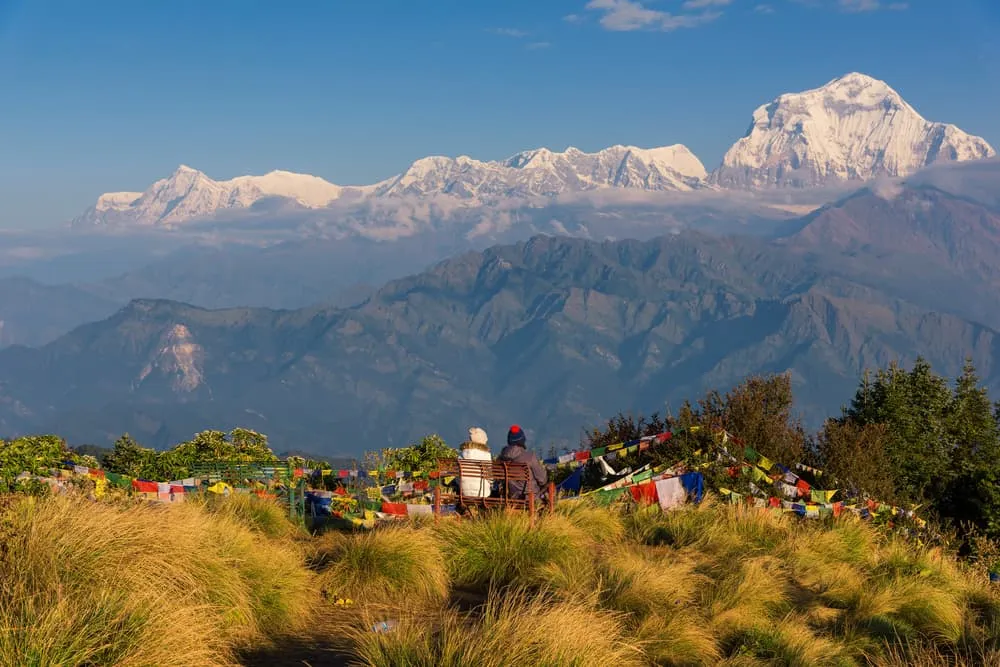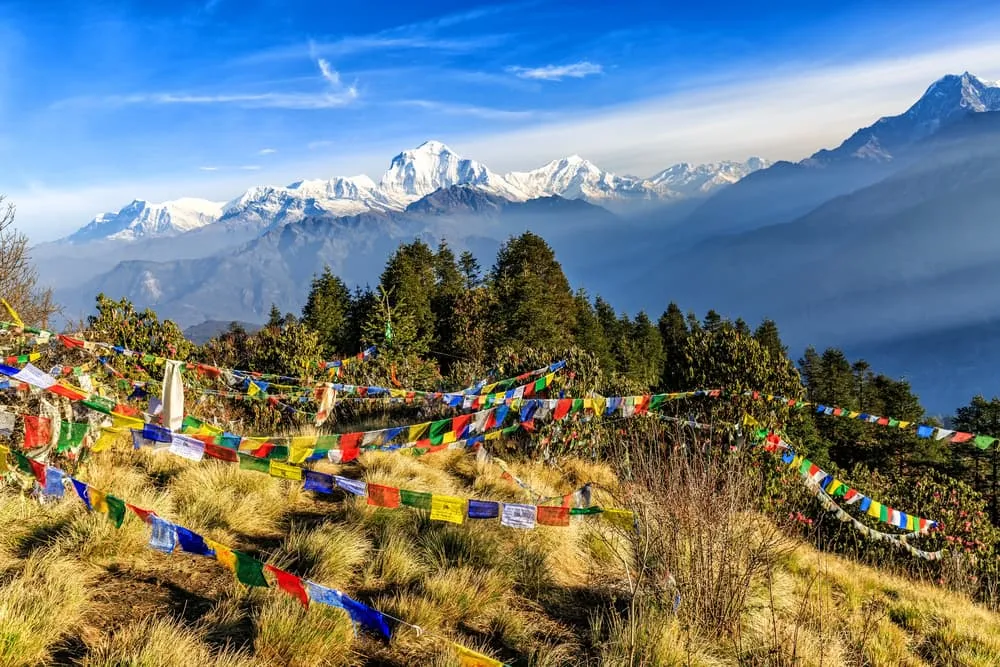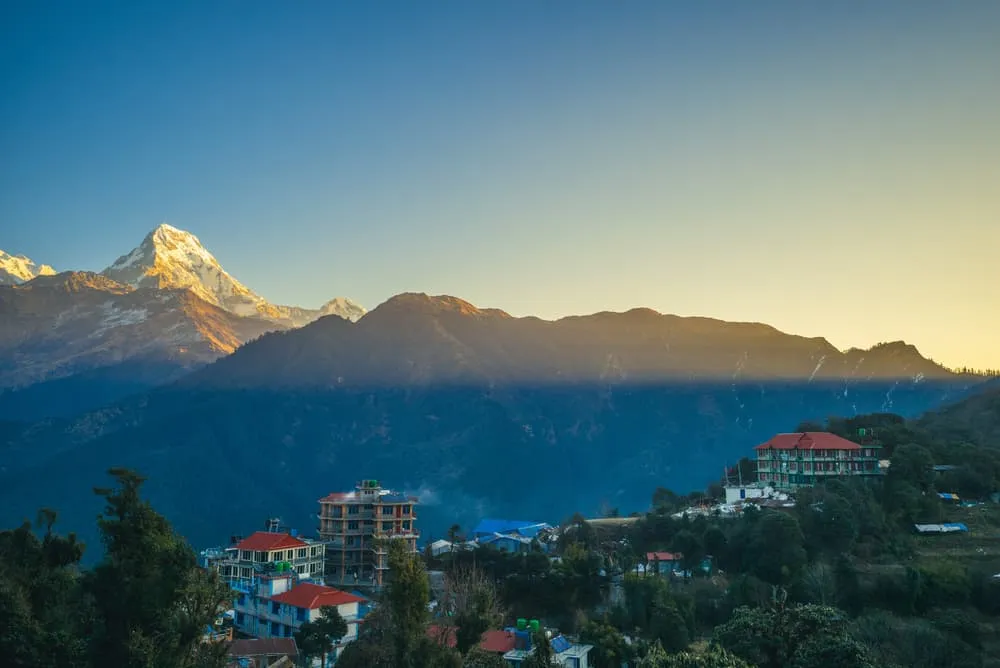You don’t have to climb a big mountain to have the best view across the Himalayas. The foothills of the Annapurna Range offer some of the best mountain scenery you will ever see. The most famous of them all is the climb up Poon Hill, a 3210 meters high “hill” with a perfect vantage point to see some of the biggest and most beautiful mountains on the planet. No time? No problem! The Ghorepani Poon Hill trek itself can be done in as little as three days. Lace up your hiking boots and head up Poon Hill with us!
At Bookatrekking.com we often get the question what the shortest trek in Nepal is, while you can still see the real Himalayas. No doubt this is the trek up Poonhill. By Nepali standards, the altitude of this hike is modest, and altitude sickness is less of an issue compared to for example the Annapurna Circuit or Everest Base Camp.












Comments